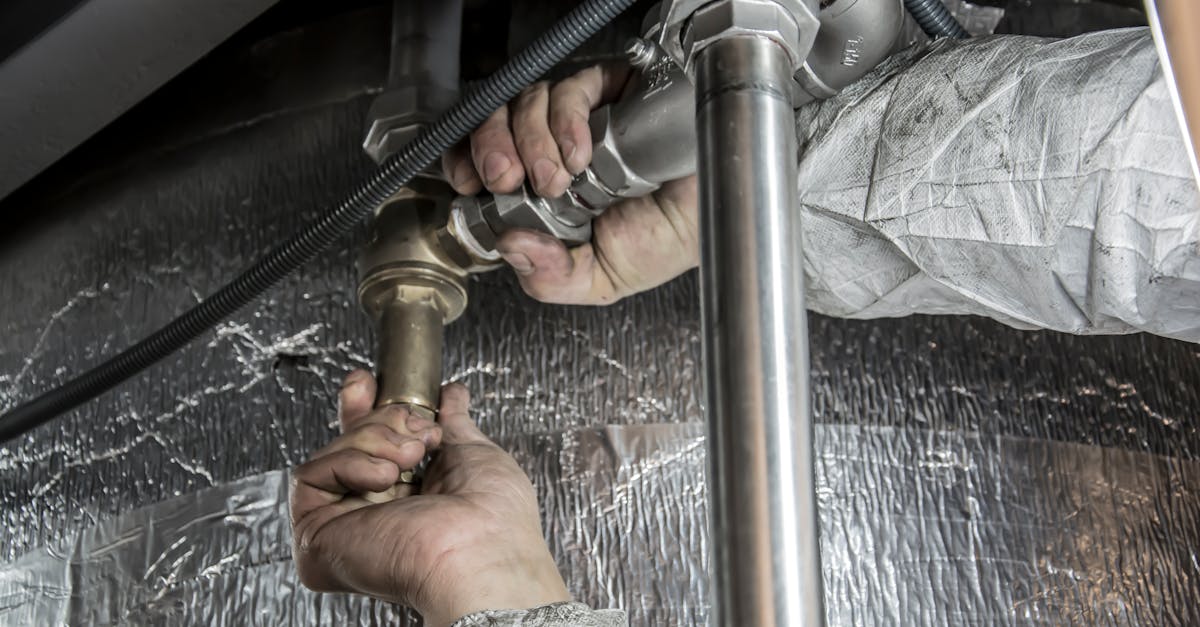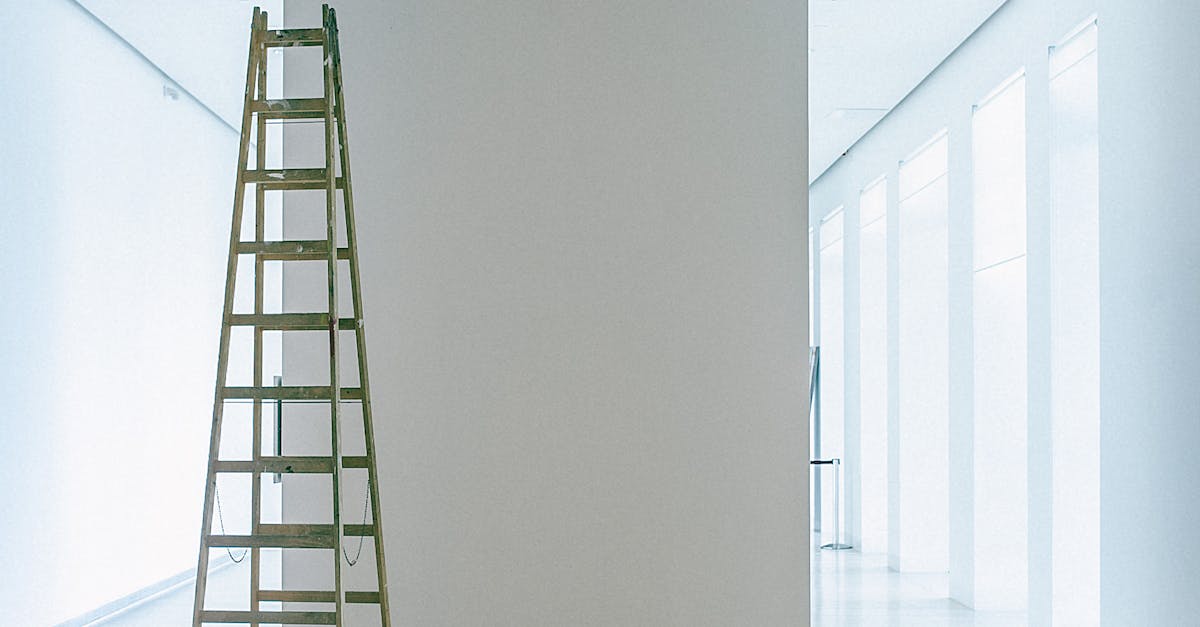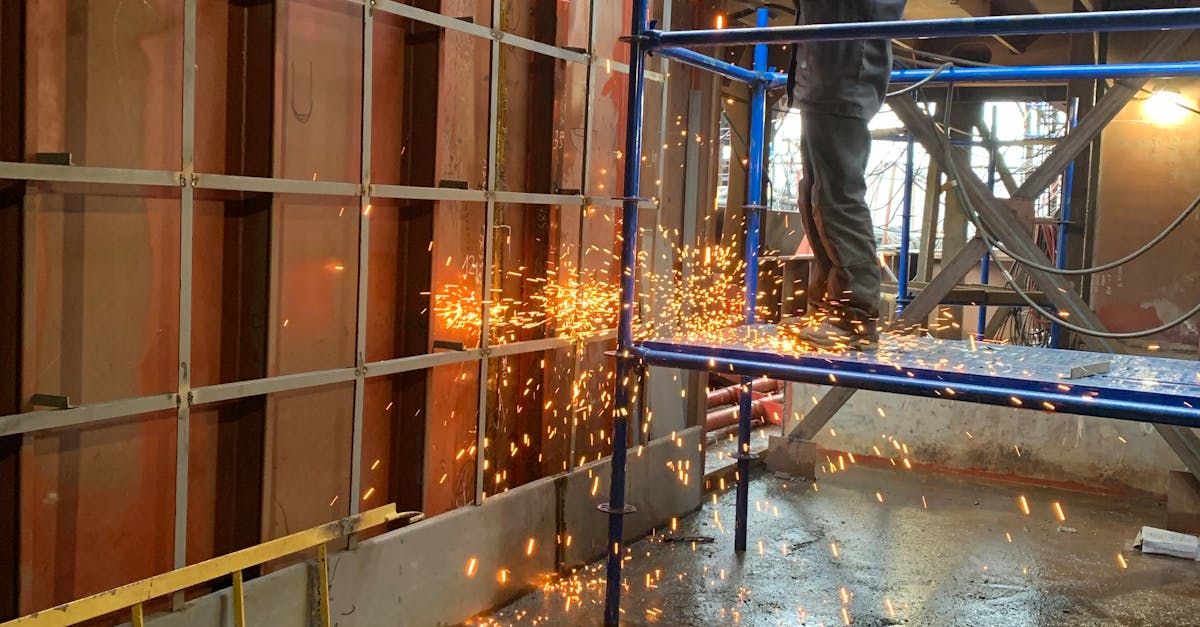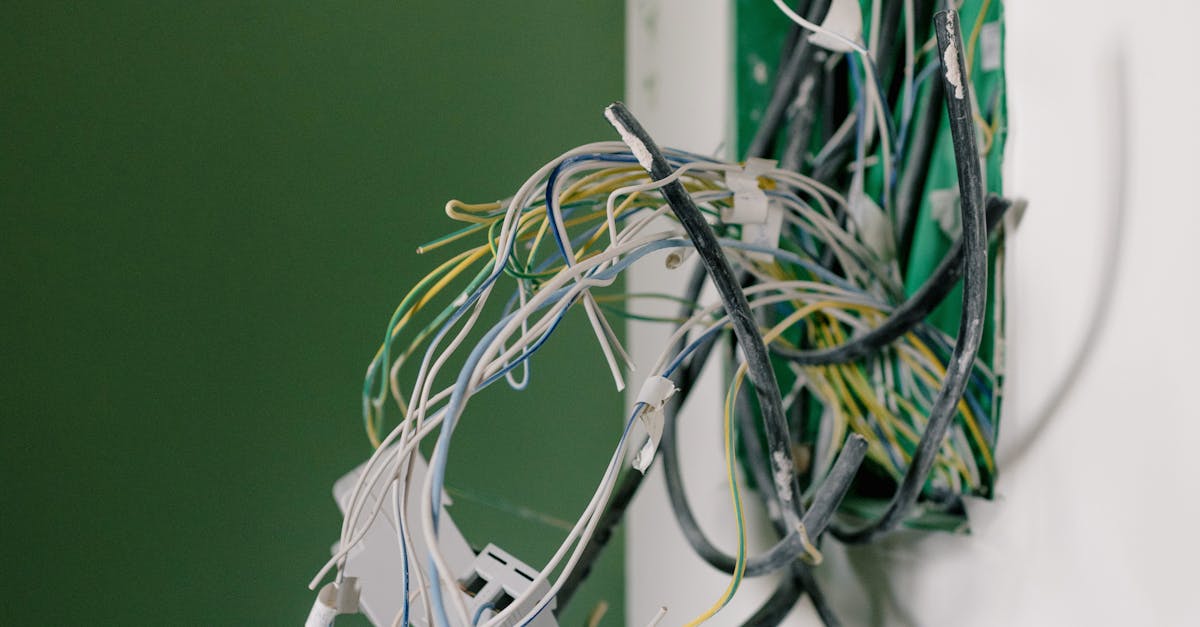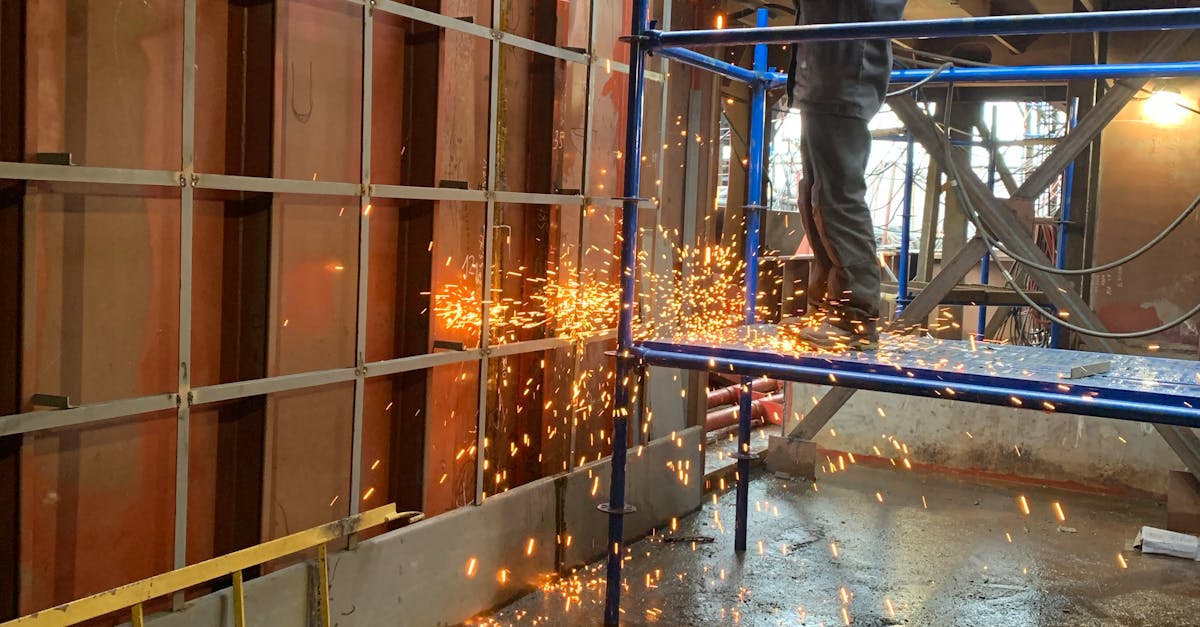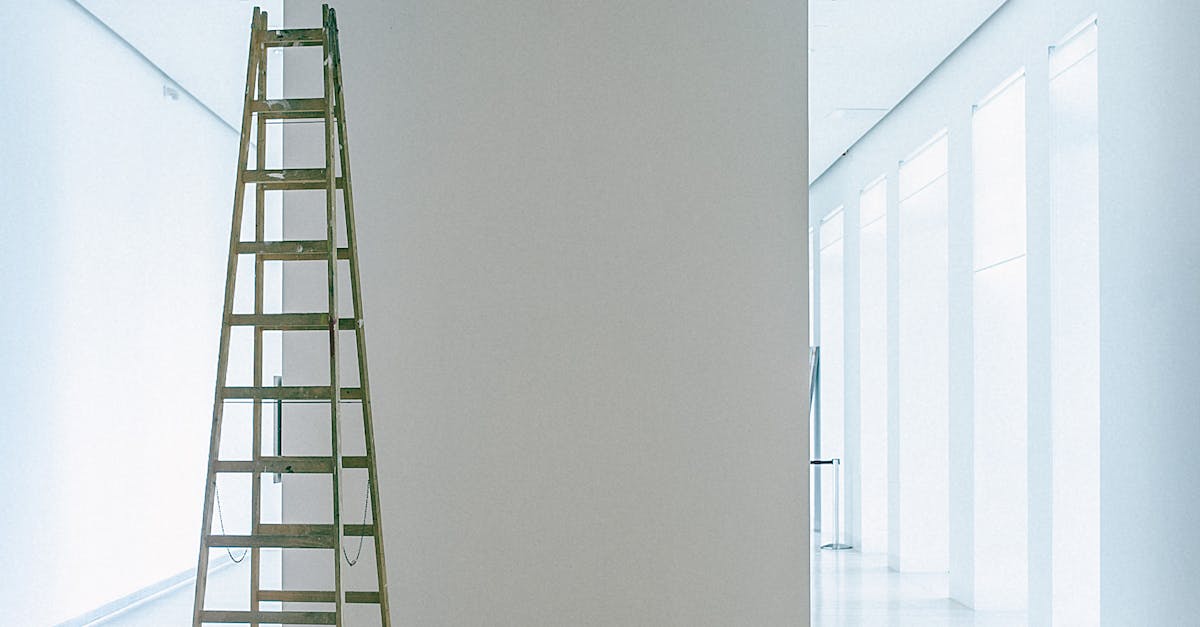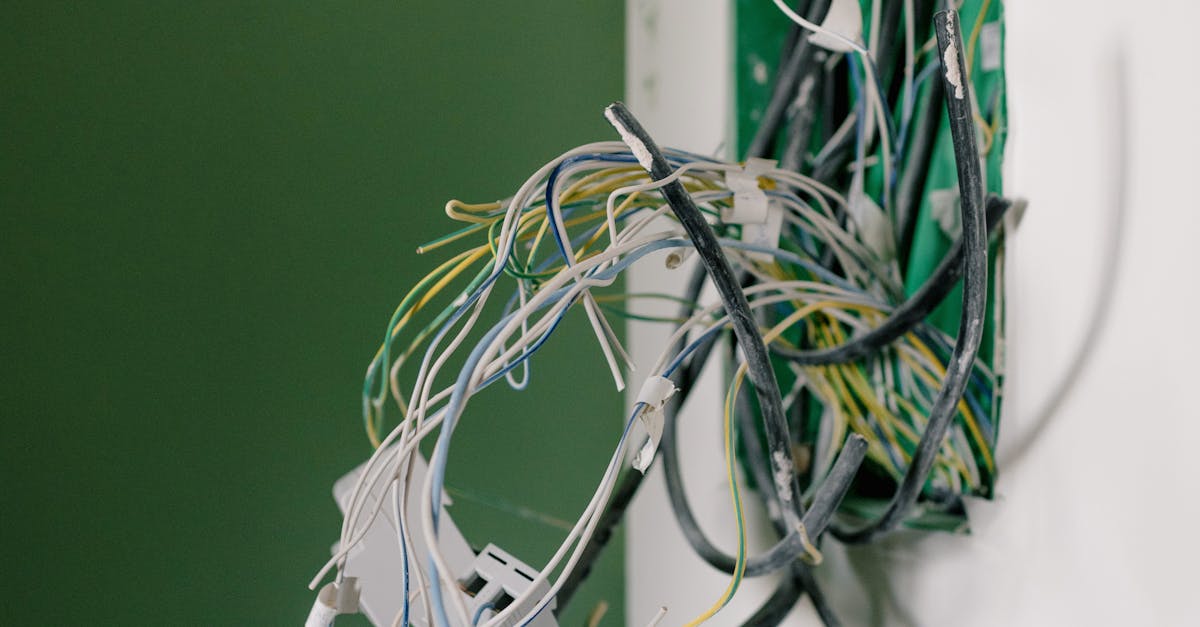
Table Of Contents
Checking for Stability
To check for stability when setting the toilet bowl in place, gently rock the bowl back and forth to see if there is any movement. If the toilet wobbles, it may not be sitting correctly on the floor. This can lead to leaks and potential damage over time. Ensure that the bowl is firmly secured to the floor to prevent any future issues. Engaging in thorough stability checks during installation will help avoid problems that could result in the need for immediate repairs or replacements. Be proactive and rectify any instability issues promptly to maintain a functional and leak-free toilet. Toilet installation and repair near me can assist with any necessary adjustments to ensure a secure and stable fixture in your bathroom.
In addition to checking for side-to-side stability, also press down on each side of the toilet bowl. A secure installation should feel firm with no noticeable movement when pressure is applied. If there is any give or shifting, it indicates the toilet is not securely in place and requires further adjustment. Ensuring the toilet bowl is stable is essential not only for proper functionality but also for preventing potential water damage in the future. A stable toilet bowl not only prevents leaks but also provides peace of mind for homeowners. Professional services like toilet installation and repair near me can offer expertise in securing the toilet firmly to the floor for long-lasting stability.
Ensuring the Toilet Bowl Does Not Wobble
To ensure the stability of the toilet bowl, carefully rock it back and forth while applying pressure. Any movement or wobbling indicates an unstable installation. If this is the case, consider repositioning the bowl on the wax ring to ensure a snug fit. This step is crucial to prevent leaks and potential damage to the flooring. If you encounter difficulty in stabilizing the toilet bowl, it might be beneficial to seek professional assistance from a service specialized in "Toilet installation and repair near me."
Next, examine the gap between the floor and the base of the toilet. If the toilet bowl does not sit firmly on the ground, it can lead to instability. To rectify this issue, use shims to provide support and eliminate any rocking motion. The goal is to have a secure and stationary toilet bowl to avoid any complications in the future. Remember, a stable installation not only ensures proper functionality but also contributes to the longevity of the toilet system. For expert help, reach out to professionals skilled in "Toilet installation and repair near me."
Connecting the Water Supply
Connecting the water supply is a critical step in successfully setting up a toilet. Before beginning, ensure the water supply valve beneath the toilet tank is closed. Once closed, position the new wax ring on the flange and carefully lower the toilet bowl over the bolts. Align the bowl properly and gently press it into place to create a secure seal. Fasten the nuts onto the bolts, ensuring they are tightened evenly to prevent any imbalance. After this step, you can connect the water line to the toilet tank and turn on the water supply valve. It is crucial to carefully monitor for any leaks and address them promptly to avoid potential damage. If faced with challenges during this process, seek professional assistance by searching for "Toilet installation and repair near me."
Completing this phase of the installation process is vital for the proper functioning of the toilet. Once the water line is securely connected, turn on the valve and allow the tank to fill up completely. Keep a close eye on the connections, ensuring there are no signs of leakage. Running water to check for any faults or loose connections is advisable before proceeding. If any leaks are detected, immediately turn off the water supply valve and rectify the issue. Remember, the effectiveness of the toilet's performance hinges on the precision of this step. For expert assistance, search for "Toilet installation and repair near me" to guarantee a seamless installation process.
Attaching the Water Line to the Toilet
Attaching the water line to the toilet is a crucial step in the installation process that ensures proper functioning of the unit. Once the toilet bowl is securely positioned and stable, it is time to connect the water supply. Locate the water inlet valve beneath the tank and carefully attach the water line to the corresponding outlet on the bottom of the tank. Ensure a tight connection to prevent any leaks that could lead to potential water damage. If you encounter any difficulties during this process, it might be advisable to seek professional assistance from a service specializing in toilet installation and repair near me.
After securing the water line to the toilet, turn on the water supply gradually to test the connection. Listen for any unusual sounds and check for any signs of water leakage around the connections. It is essential to confirm that the water flows smoothly without any obstructions. Running water through the system allows you to detect and rectify any issues promptly before completing the installation. If you notice any leaks or irregularities, do not hesitate to contact professionals in toilet installation and repair near me for further guidance and support.
Testing for Leaks
After connecting the water supply to the toilet, the next step in the installation process is testing for leaks. Turn on the water supply valve and let the tank fill up. Check around the base of the toilet, at the water supply line connection, and at the tank bolts for any signs of water leakage. It is crucial to ensure there are no leaks, as they can lead to water damage and mold growth if left unattended.
To thoroughly assess for leaks, you can run water into the toilet bowl by flushing it multiple times. Observe if any water is seeping out around the base of the toilet or from any connections. If you notice any leaks, tighten the connections or replace any faulty parts as needed. It is essential to address any leaks promptly to prevent potential water damage in your bathroom. In case of difficulties, consider seeking professional assistance through services like "Toilet installation and repair near me."
Running Water to Check for Any Leakage
Now that the water line is successfully connected to the toilet bowl, the next step is to test for leaks. Turn on the water supply and allow the tank to fill up. Inspect the base of the toilet carefully for any signs of water seepage. Check all connections, including the water line and bolts, to ensure that there are no leaks present. If you notice any water pooling around the base of the toilet or detect moisture where it shouldn't be, turn off the water supply immediately and address the issue before proceeding further. Remember, a watertight seal is crucial to prevent any future damage or issues. For professional assistance, consider searching for "Toilet installation and repair near me" to find reliable experts in your area.
FAQS
How can I ensure the toilet bowl is stable once it's in place?
You can ensure the stability of the toilet bowl by checking for any wobbling or unevenness on the floor before securing it in place.
What should I do if the toilet bowl wobbles after installation?
If the toilet bowl wobbles after installation, you can try adjusting the leveling nuts at the base of the bowl to stabilize it.
How do I connect the water supply to the toilet bowl?
To connect the water supply to the toilet bowl, you need to attach the water line to the fill valve at the bottom of the tank securely.
What should I do if I notice any leaks after connecting the water supply?
If you notice any leaks after connecting the water supply, make sure all connections are tight and secure. If the leak persists, consider replacing the washers or seeking professional assistance.
How can I test for leaks once the toilet bowl is in place?
You can test for leaks by running water into the tank and flushing the toilet to check for any leakage around the base or connections.
